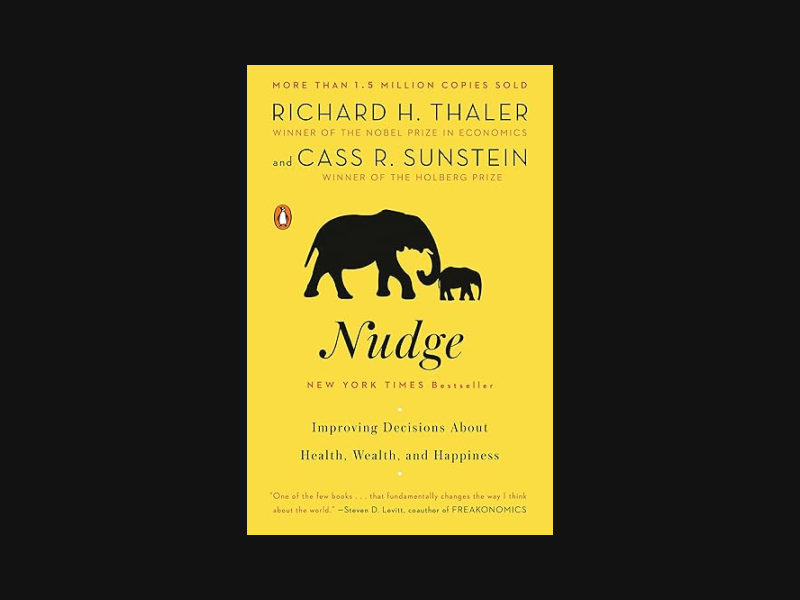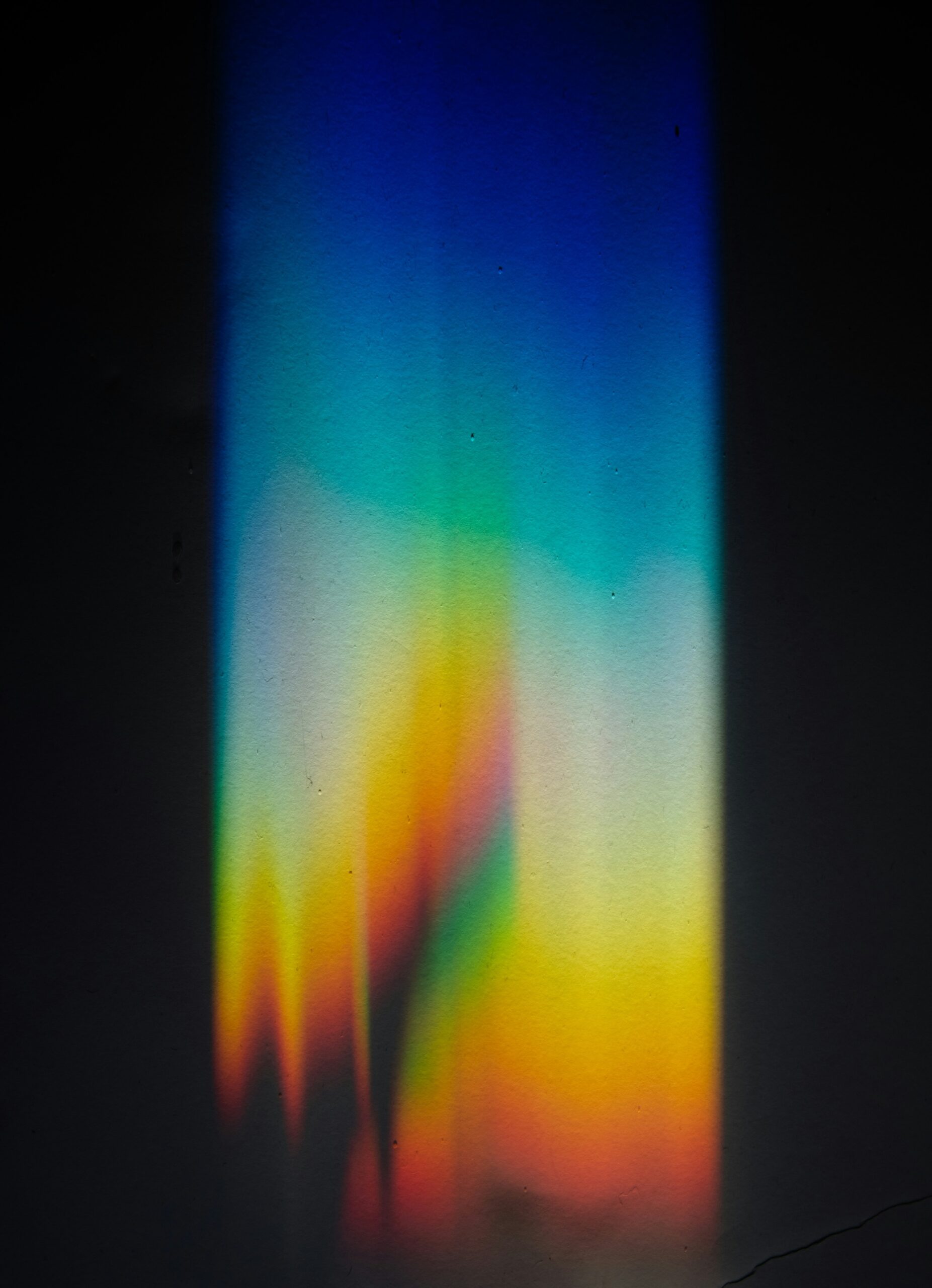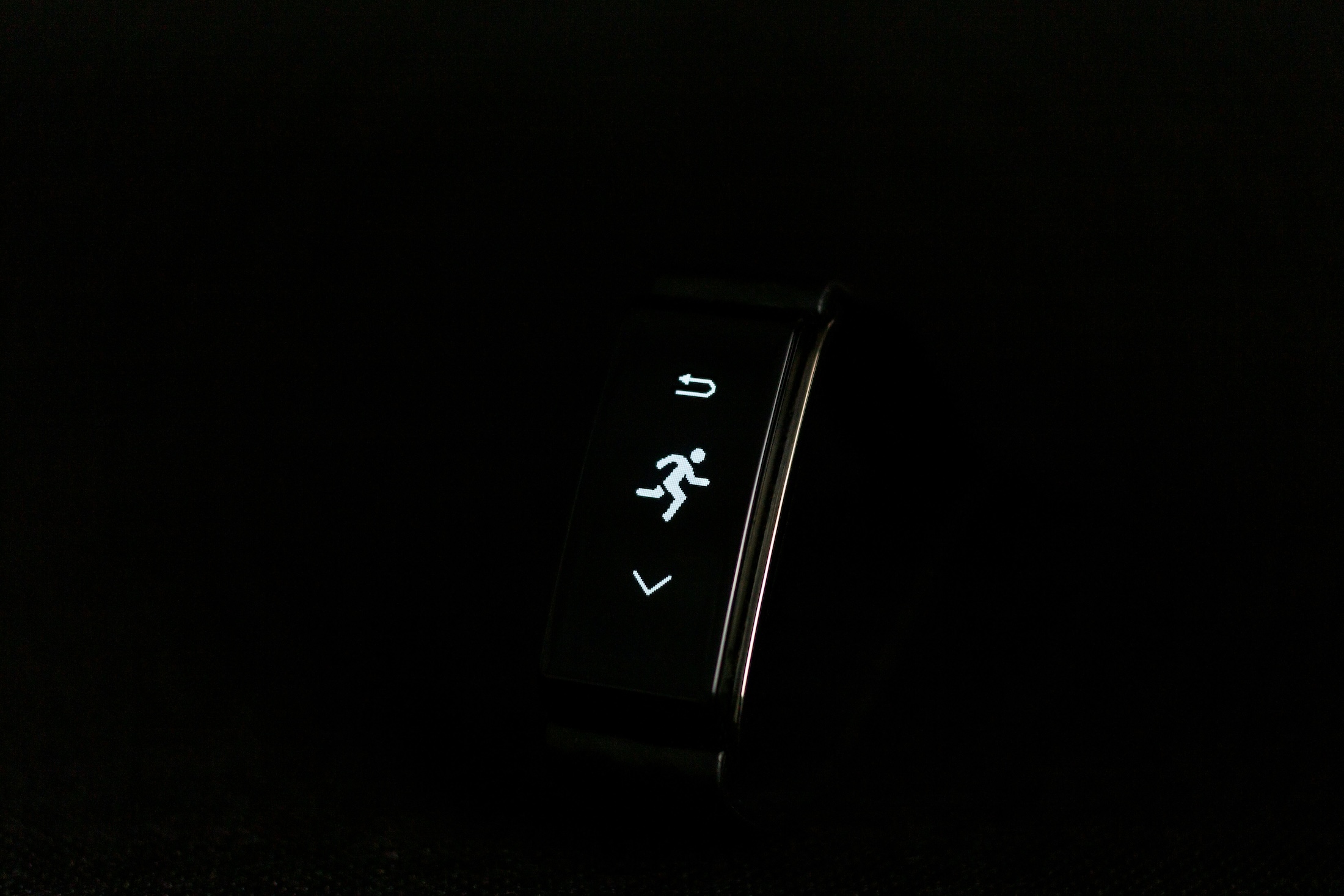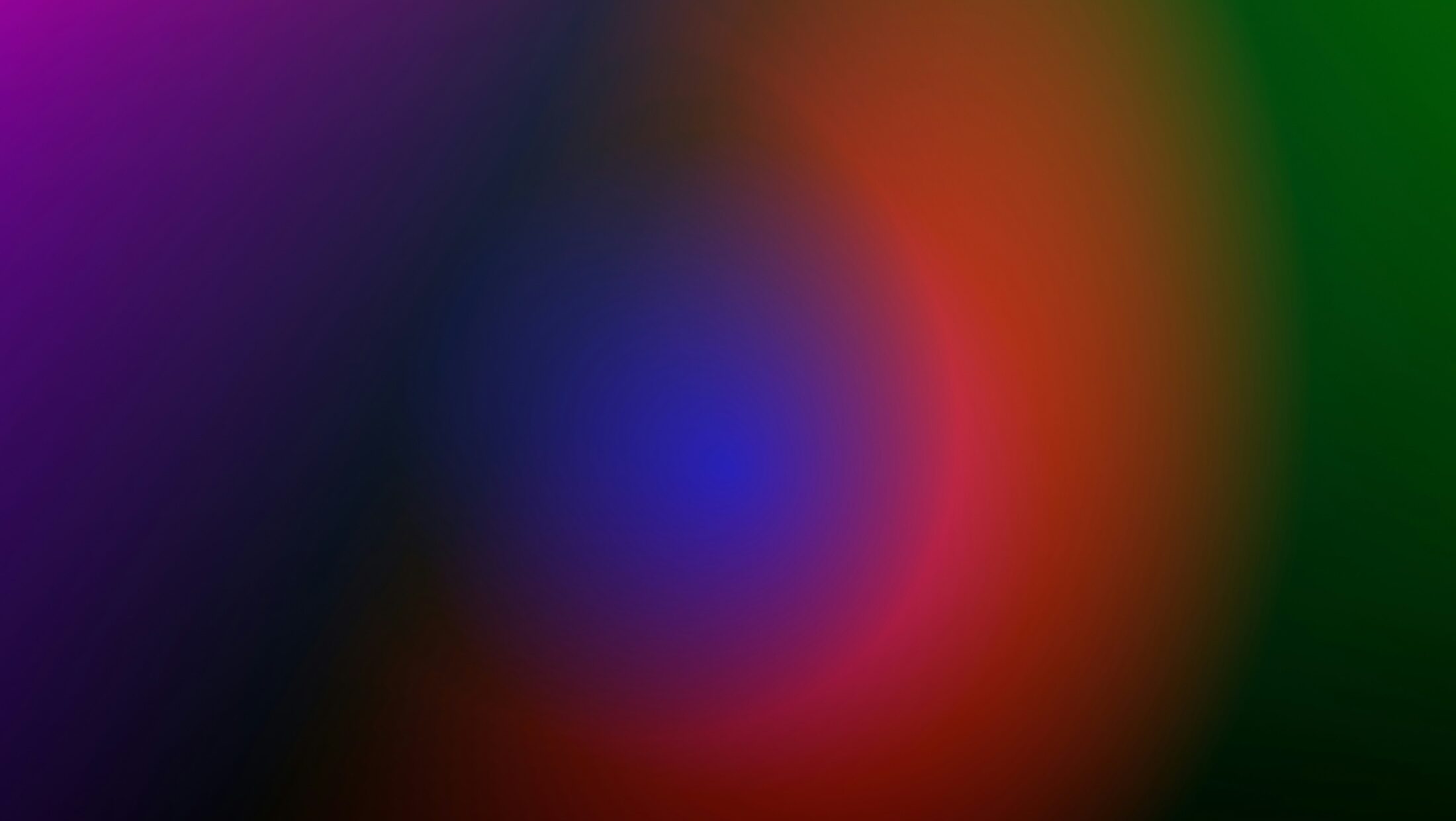Photo by Codioful
Rethinking notification overload

This book explores how subtle shifts in the way choices are presented, known as “nudges,” can guide people to make better decisions in areas like health, finance, and overall well-being, without limiting their freedom of choice.
Do you ever feel like notifications are waging a battle for your attention? Between endless pings and buzzes, even the simplest moments can get interrupted. This constant noise contributes to digital fatigue, leaving users feeling overwhelmed rather than informed.
As part of my work on a meditation and sleep app, I’ve been exploring how to design notifications that align with users’ needs. Through user testing, we’ve been experimenting with different approaches to ensure that notifications feel supportive, not disruptive. This process has been eye-opening. It’s made me realize how much opportunity there is to rethink the way we communicate with users.
What if notifications didn’t feel like interruptions? What if they felt like gentle, thoughtful nudges that prioritized your needs and respected your rhythm?
Applying Calm Design to Notifications
This is where calm design can make a difference. Instead of overwhelming users with excessive updates, we can aim to create notification systems that feel personalized, relevant, and respectful.

Photo by Evie S.
Applying Calm Design to Notifications
Imagine notifications that:
- Adapt to Circadian Rhythms: Deliver non-urgent updates when users are naturally more receptive, reducing unnecessary distractions.
- Use Multisensory Cues: Haptic feedback, subtle light changes, or ambient sound adjustments can convey information without demanding immediate attention.
- Offer Customization and Control: Allowing users to set their notification preferences empowers them to prioritize what truly matters.
- Reduce False Urgency: Avoid using time-sensitive language unless it is genuinely necessary to act immediately.
- Simplify Settings for Attention Management: Ensure that users can easily find and adjust their notification settings without unnecessary complexity.
By rethinking how we nudge users, we’re not just creating a calmer experience. We’re demonstrating that technology can work with us, not against us.
Have you tried any strategies or practices that make notifications feel less intrusive?

Photo by Artur Łuczka



